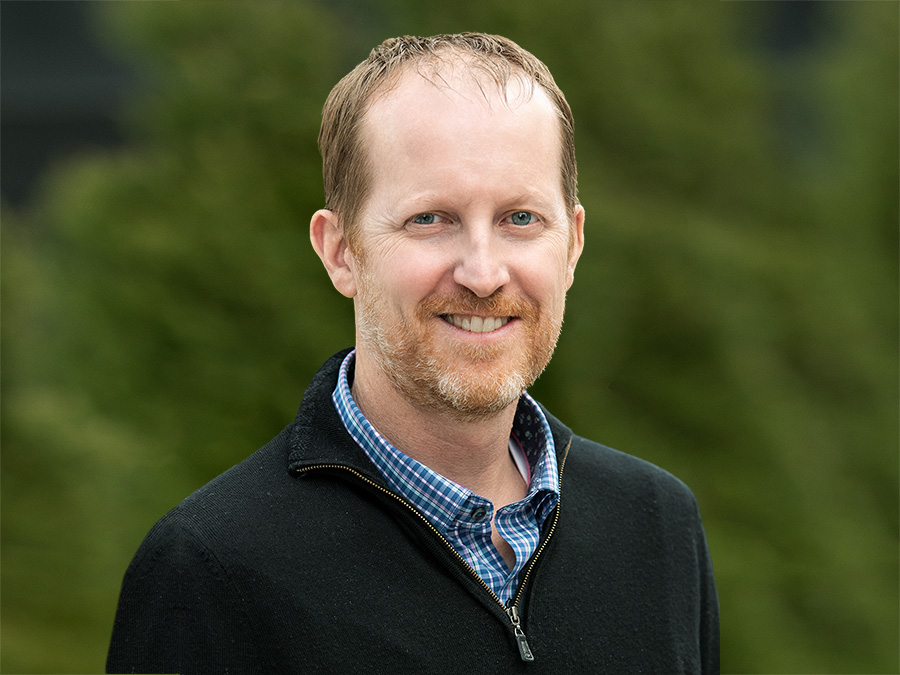News Release

Interview with Jamie Fogle
Posted 12/7/2020
What issue or trend is next on the horizon for our industry? Why does it matter?
Access to public open space is a must have for any municipality. It was before and it is even more so amidst the current environment. Creating parks and open spaces plans is by no means a new phenomenon. The difference is that often the plan would be created and then executed over several years, if not a decade. Now, we are seeing municipalities creating these plans and wanting to execute on them quickly because their residents have high expectations for access to usable public spaces. The bar has been raised for municipalities and in turn for us. There is significant competition for the coolest and most memorable, amenity-filled public spaces among municipalities. The challenge we continue to deal with is how do you achieve this while creating quality spaces that withstand the test of time and heavy use. We are focusing on demonstrating the value and ROI of the various amenities possible for public spaces so our clients can make smart decisions about what to invest in rather than choosing the newest option just because it is cool.
What is the greatest challenge facing landscape architects today?
Prior to the pandemic, we were seeing cost of construction materials rising due to increased demand and geo-political issues creating challenges with the labor force. Add on the layer of a pandemic, and now we are seeing significant supply chain issues for materials and labor shortages. This puts a strain on the pace at which construction happens and puts the cost of materials at a premium. There simply are not enough plant and landscape supplies coupled with a lack of labor to do the work to keep up with the demand of the residential and commercial projects happening. As someone who works on construction-track projects that depend on timely procurement of materials, this makes my job challenging. Fortunately, my strong relationships with clients, suppliers and contractors allow me to do everything possible to ensure the work not only gets done, but is done right. It is my job to confirm that the vision of the design is carried out in the execution.
What inspired you to seek this career?
Growing up on a dairy farm south of Kansas City, I started working with my hands to construct things at a young age which instilled a solid work ethic. I loved being outside and spent my high school years working for landscape businesses and in landscape nurseries learning about plants. This solidified my passion for landscape architecture. At Kansas State University, the landscape architecture program had a heavy focus on the technical aspects of landscape architecture. This was how my brain worked so it was natural that my career would progress this way. Throughout my twenty plus years at Design Workshop, I’ve worn lots of hats and done all types of landscape architecture work, but I always gravitate back towards the technical aspect of the practice. I thrive on the challenge of how I can create places or designs that enrich people’s lives and are built to last. It is a fascinating challenge that makes me wake up excited for work every day.
As a Technical Principal, how does your role differ than other landscape architects?
I’m focused on making sure that what we deliver from a technical perspective – schematic design, design development, construction documents, etc. – is of the highest and best quality. With a deep understanding of the technical aspects of landscape architecture, I am often the one my colleagues bring in when they need a deep dive into a particular technical issue. It is a helpful role for my colleagues because it allows them to focus on the other aspects of the project while I really hone in on the nitty, gritty details.